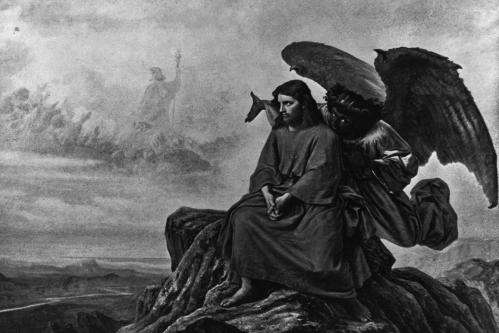March 4, 2018

Most images of Jesus follow a general model: tall, white male with long locks and flowing robe. But historian Joan Taylor, religious studies professor at King's College London in the United Kingdom, paints a radically different picture of Christ’s son in her book published earlier this month, "What Did Jesus Look Like?"
March 4, 2018

Most images of Jesus follow a general model: tall, white male with long locks and flowing robe. But historian Joan Taylor, religious studies professor at King's College London in the United Kingdom, paints a radically different picture of Christ’s son in her book published earlier this month, "What Did Jesus Look Like?"
For starters, she believes Jesus was short, standing roughly 5 foot 5 inches tall, according to LiveScience. This image is based on skeletal remains from people found in the Judea, a region in ancient Palestine, and Egyptian areas during the time Jesus lived. Additionally, people living in Judea and Egypt during that time had brown eyes, black hair and olive skin, which means doesn't fit the white European archetype.
Historical texts, portraits and remains also suggest that Jesus likely kept his hair and beard short for hygienic reasons—namely, to keep lice away. And when it comes to his garments, Taylor tells the outlet that Jesus’ plain tunic was more ragged than pristine, as often shown in images.
"I think what you would recognize Jesus as being is just really someone who looked very poor," she said.
Taylor is not the first to shatter the typical depictions of Jesus. British scientists and Israeli archaeologists utilized forensic anthropology, similar to tactics used by police to solve crimes, to make a 3D model of his face, Popular Mechanics reported in January 2015. Their figure showed that Jesus had dark skin, hair and eyes, which did not come as a surprise to other religious scholars.
"The fact that he probably looked a great deal more like a darker-skinned Semite than westerners are used to seeing him pictured is a reminder of his universality," Episcopal studies expert Charles D. Hackett of the Candler School of Theology in Atlanta, Georgia told the magazine. "And [it is] a reminder of our tendency to sinfully appropriate him in the service of our cultural values."
Even the latest rationale behind Jesus not being white is correct, it would be hard to erase years of the pervasive image from our mind. Taylor hopes her book inspires new representations of the religious figure based on historical findings.
Courtesy/Source: Newsweek







































































































